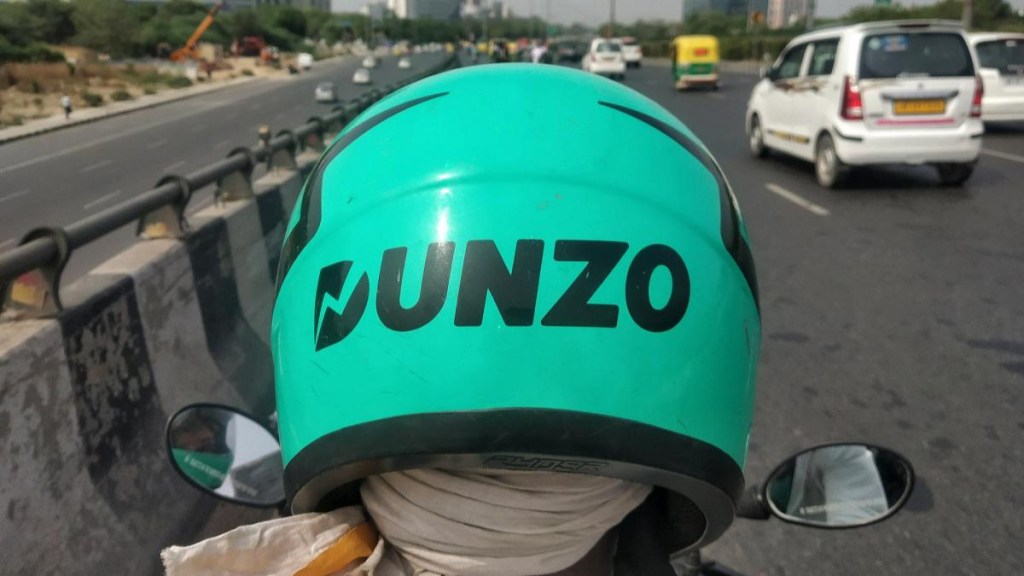Late last month, Dunzo sacked 75% of its people, reducing the total number of employees to just 50. It didn’t come as surprise as the once marquee name in hyperlocal delivery had reported a staggering loss of Rs 1,801 crore in FY23, a near four-fold increase from Rs 464 crore in the previous fiscal year. This ongoing financial strain had led to delays in salary payments for both current and former employees, as well as outstanding dues to vendors. For quite some time, Dunzo has been desperately trying to reduce its costs and extend the runway. It has also been frantically searching for capital to survive, while also trying to claw back profits to settle its mounting liabilities.
The precipitous fall in the company’s fortunes left many perplexed, considering its once-impressive valuation of $757 million and the backing of big names like Reliance Retail, Google, Blacksoil India, and Blume Ventures. Dunzo debuted in 2016, tapping into a nascent demand for efficient hyperlocal deliveries. By 2021, it boasted millions of users, seemingly poised for continued dominance. Amid the euphoria, what attracted little attention is that even in 2021 when it was relatively better off, the firm was losing Rs 7.5 for every rupee earned in revenue. The last straw that broke the camel’s back, however, was Dunzo’s hurried entry into the quick commerce space.
There are several lessons here for start-ups in general. Lesson number 1: Dunzo’s pivot to quick commerce, without establishing operational profitability in its core hyperlocal business, was a blunder. The takeaway is that even the most promising start-ups can stumble if they neglect financial prudence, lose focus on their core strengths, and fail to adapt to evolving market dynamics. Quick commerce demanded a different operational infrastructure, requiring significant investment in dark stores. Dunzo simply didn’t have the money and expertise to spend so extensively. Result: Despite investing over $400 million and establishing around 130 dark stores, it failed to secure a significant market share in quick commerce. So it’s important to establish operational profitability in the core business before venturing into new segments.
One mistake led to another. In its desperation to secure funding, it turned to Reliance for a $240-million funding round, relinquishing a 26% stake. This investment provided temporary relief, but there was a lack of a cultural fit between the two. As a result, it struggled to secure additional funds due to valuation disputes with Reliance. So lesson no 2 is that start-ups should choose investors whose interests align with their growth — money alone should not be the criterion.
These lessons are all the more important now as the low tide of funding has exposed the ugly underbelly of the start-up ecosystem in India — financial irregularities, forensic auditing, glaring absence of corporate governance, acts of omission and commission. Those intoxicating days are gone now, so start-ups will have to spend frugally, rework business models, and focus on sustainable profit. Investors are now less willing to dish out cash unless start-ups show better operating discipline and make the unit economics work. Setting up a company is no longer just about that amazing sensation that comes along with creating something and sharing it with the world. It’s good when lots of people are using your product and gaining value from it. What’s not great is when all those feelings and happy product users don’t turn into a viable business.

